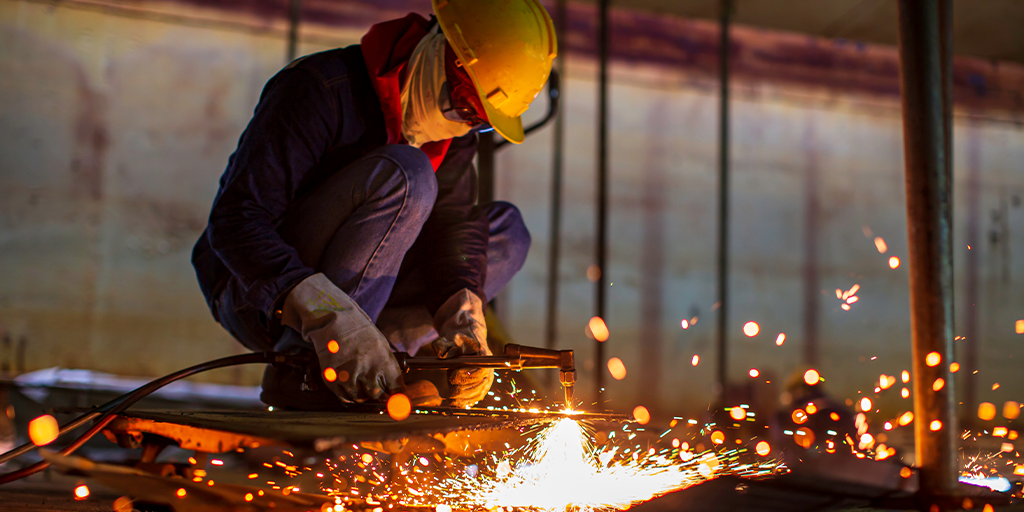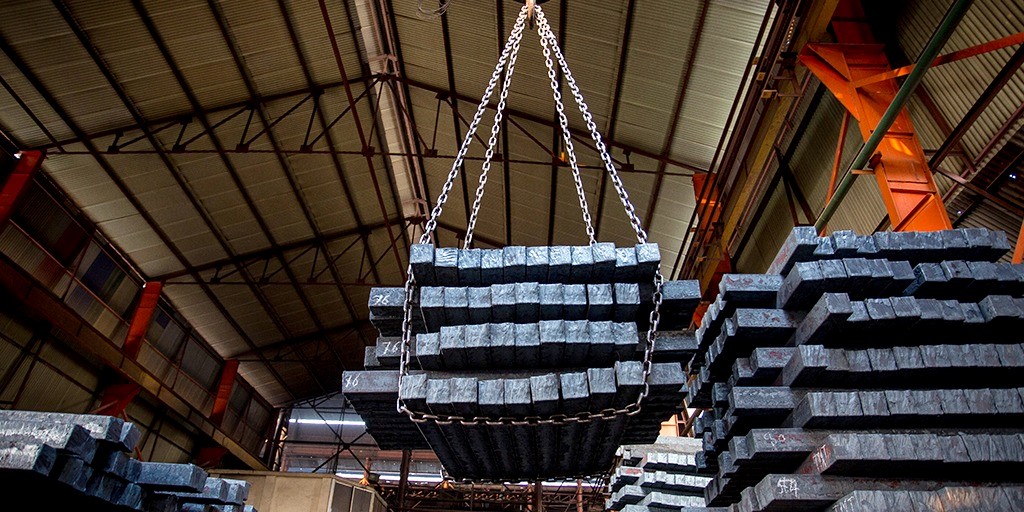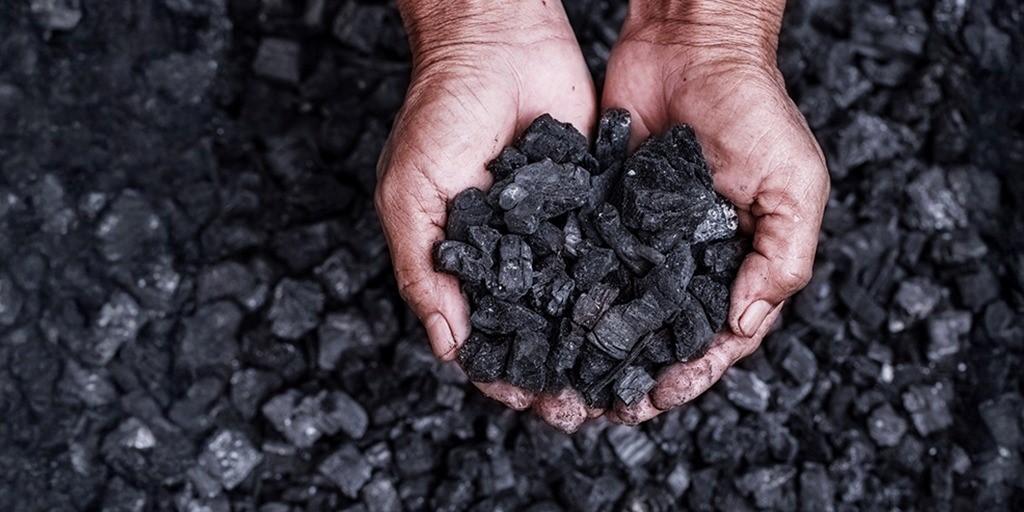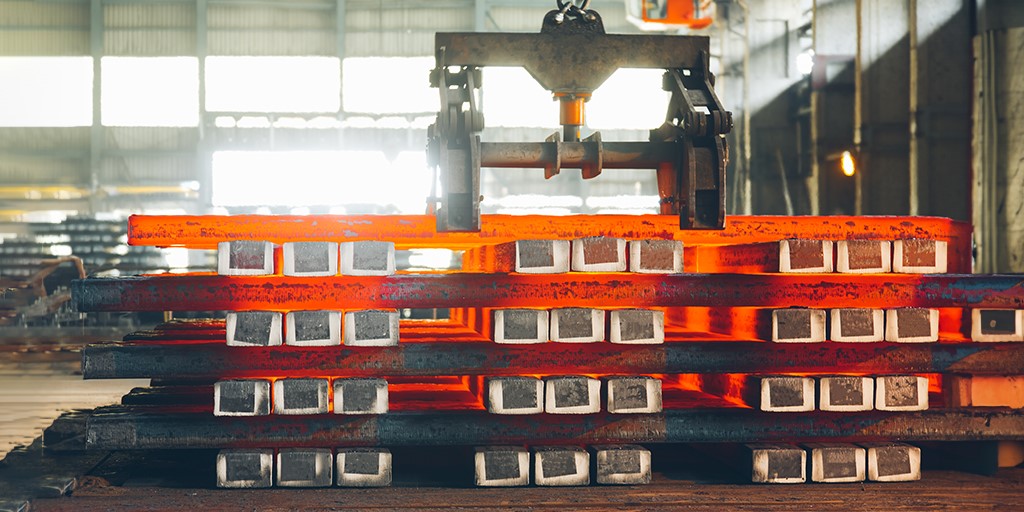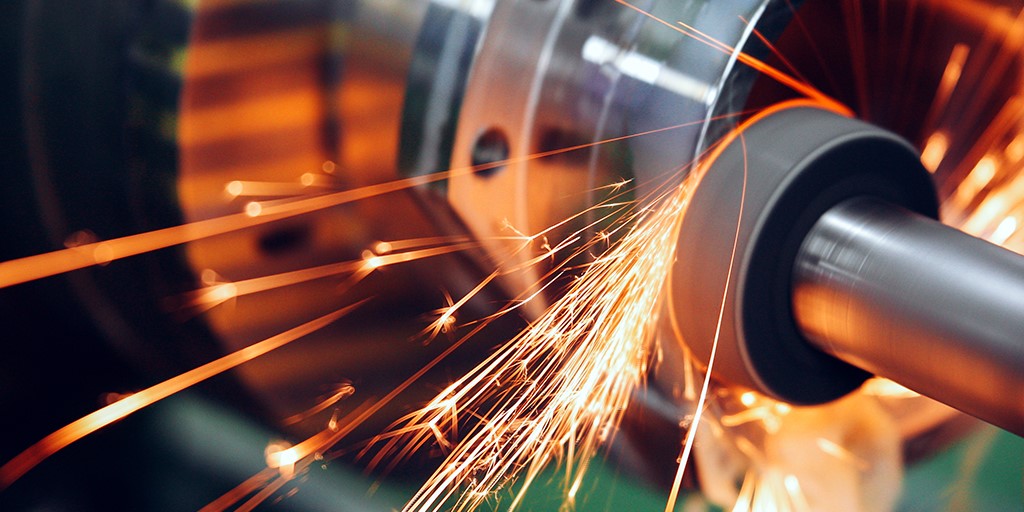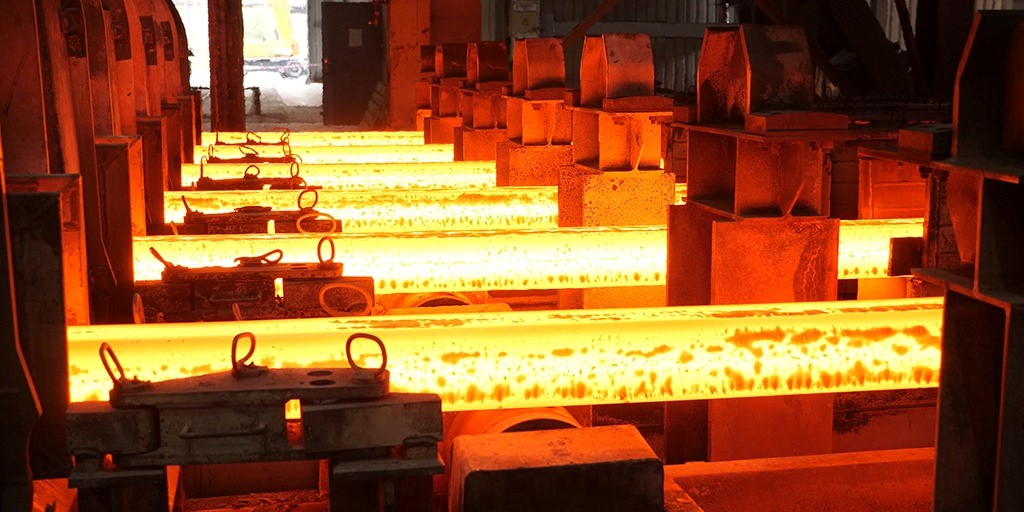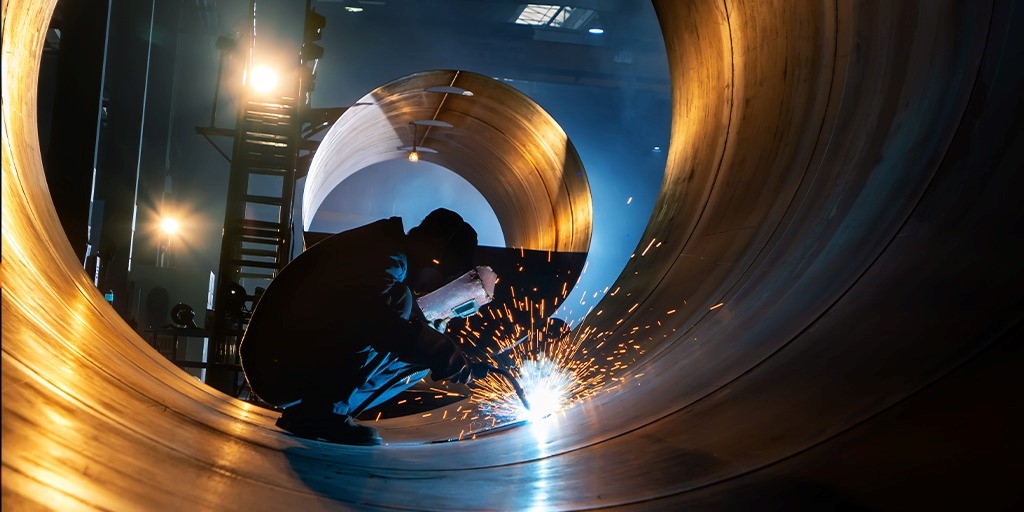
Shaping the Future of Construction
Introduction
Construction is one of the most important industries that uses steel, accounting for more than fifty percent of the total demand for the metal around the world. One of the most crucial advantages of steel usage is its circularity. This is due to its ease of melting and shaping into various infrastructure components. In this way, the application of steel is creating the foundation for a circular economy in future construction.
The story of steel in construction is full of twists and turns beyond what is technical. It is a telling story of innovation, stretching back hundreds of years, from steel rebar, alloy steel, tools, and mild steel to the production of stainless steel. The development of each type of steel was to fashion the creation of a stronger and more suitable material for construction and machinery.
Let’s uncover and look into the details of how steel is defining the future of construction.
History of Steel in Construction
From the giant structures of ancient civilisations to the famous landmarks of the Industrial Revolution, steel has been an instrument for growth, characterised by the lightweight and high-strength nature of the metal.
Among the oldest and most impressive examples of steel’s power is the Eiffel Tower. This tower was built for Paris’s World’s Fair to show that wrought iron, which was an ancient form of steel would not be blown away by the wind. Although it is from a long time ago, the innovative structure of this tower still exemplifies the human ability to construct unimaginable structures that are incredibly resistant.
In today’s world, steel dominates the construction industry. No building material is as strong and durable, which is why it is preferred by builders everywhere.
Benefits of Steel in Construction
The use of steel in construction projects makes it time and cost-efficient. It is a good investment with its constant price point. Similarly, it is much easier to relocate and install steel in comparison to other metals. The switch from traditional materials like iron to steel reduces the duration and labour costs of a project. Structural steel’s versatile features make it the best choice for a builder, which includes:
- • The design features of steel improve the look of buildings through handrails, balustrades, and facades.
- • Beams, columns, and fasteners use structural components made of steel to ensure stability and strength.
- • In roofing and cladding, steel is the ultimate option which delivers durable and virtually maintenance-free solutions.
- • The healthcare business has prioritised steel for its hygienic properties.
- • Bridges, tunnels, and railways widely use steel for its corrosion resistance and high strength.
- • The maintenance and recyclability of steel make it a sustainable option, hence contributing to a greener construction sector.
Conclusion:
Steel will continue to dominate construction with various technological advancements. Computer-aided design (CAD) and Building Information Modelling (BIM) provide high accuracy in project planning and execution for the optimisation of steel used in construction projects. Some manufacturing methods simplify the assembly process, which helps to reduce the building time and simultaneously keep the quality and safety high.
As we look to the future, steel is poised to lead the way in sustainable construction. Shyam Metalics is helping create structures that meet the needs of today while safeguarding the planet for future generations with their steel production.




